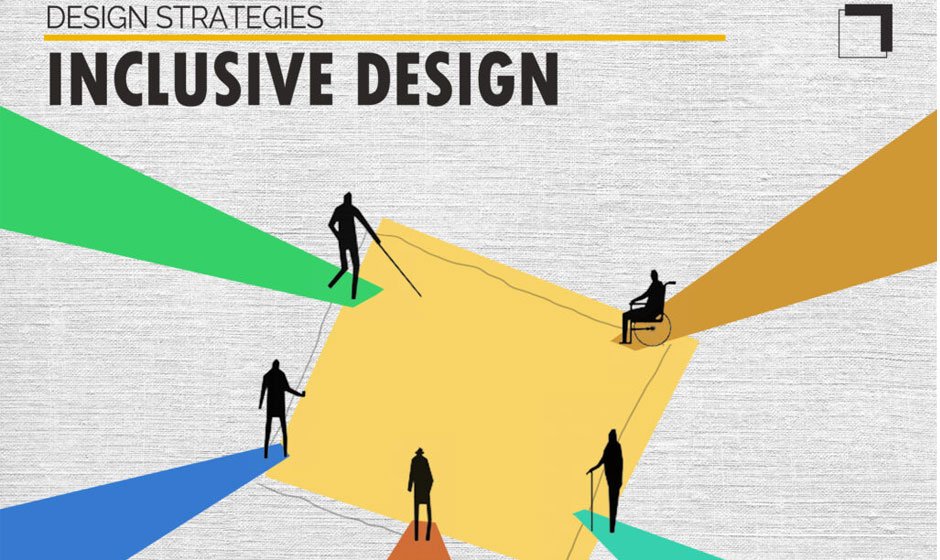Designing with Everyone in Mind: Principles of Inclusive Home Design

Inclusive home design is an approach to creating living spaces that are accessible and accommodating for people of all abilities, ages, and backgrounds. It goes beyond standard accessibility measures by considering the needs and preferences of a diverse range of individuals.
Encompassing everything from architectural features to interior design elements, inclusive home design aims to make homes safe, comfortable, and functional for everyone who lives there or visits. This approach also takes into consideration the varying levels of mobility, sensory abilities, and cognitive skills that people may have.
The Importance of Inclusive Home Design
Creating an inclusive home is not just about meeting building codes or regulations. It is about creating a welcoming and comfortable environment for all individuals regardless of their physical or mental abilities. By designing with everyone in mind, we can promote independence, safety, and equality for all.
Inclusive home design also has a positive impact on the social well-being of individuals. It fosters a sense of belonging and inclusivity within the community, as it accommodates people from diverse backgrounds. This approach encourages interaction and communication between individuals of different abilities, promoting empathy and understanding.
Principles of Inclusive Home Design
Several key principles guide inclusive home design. These principles address different aspects of accessibility and aim to create an environment that is safe, functional, and comfortable for all individuals. Some of the most important principles include:
Universal Design
Universal design is a concept that calls for the design of products and environments to be usable by all people, to the greatest extent possible, without the need for adaptation or specialized design. This principle aims to create spaces that are accessible and inclusive for people of all abilities.
Safety and Accessibility
Safety and accessibility go hand in hand when designing an inclusive home. This principle emphasizes the importance of incorporating features that prevent accidents and make it easy for everyone to move around the home. Features like non-slip flooring, wide doorways, and lever-style door handles are crucial.
Additionally, incorporating technology such as smart locks can enhance both the safety and accessibility of a home. Smart locks can be operated remotely, making it easier for individuals with mobility issues or those who cannot operate traditional locks due to dexterity problems. This integration of technology ensures that everyone, regardless of their physical capabilities, can enter and exit the home with ease, promoting a higher degree of independence and security.
Flexibility
Flexibility in design allows for changes to be made as the needs of individuals evolve. This principle ensures that spaces can accommodate different abilities, preferences, and stages of life. It also reduces the need for costly renovations in the future.
For instance, incorporating adjustable features such as height-adjustable countertops or cabinets can make it easier for individuals who use wheelchairs to prepare meals and access storage. This level of flexibility allows individuals to adapt their homes to their changing needs without sacrificing comfort or accessibility.
Sensory Considerations
Inclusive home design also takes into account sensory abilities such as sight, hearing, and touch. For individuals with vision impairments, incorporating tactile elements like braille labels or textured flooring can aid in navigation and increase independence. Similarly, incorporating visual and auditory cues can benefit individuals with hearing impairments.
Conclusion
Inclusive home design is an essential aspect of creating a welcoming, safe, and functional environment for all individuals. By incorporating the principles of universal design, safety and accessibility, flexibility, and sensory considerations into our designs, we can create spaces that are truly inclusive for everyone. Let us design with everyone in mind and promote a more inclusive and equitable society for all.
Do you have any ideas or experiences related to inclusive home design? Share them in the comments below!



